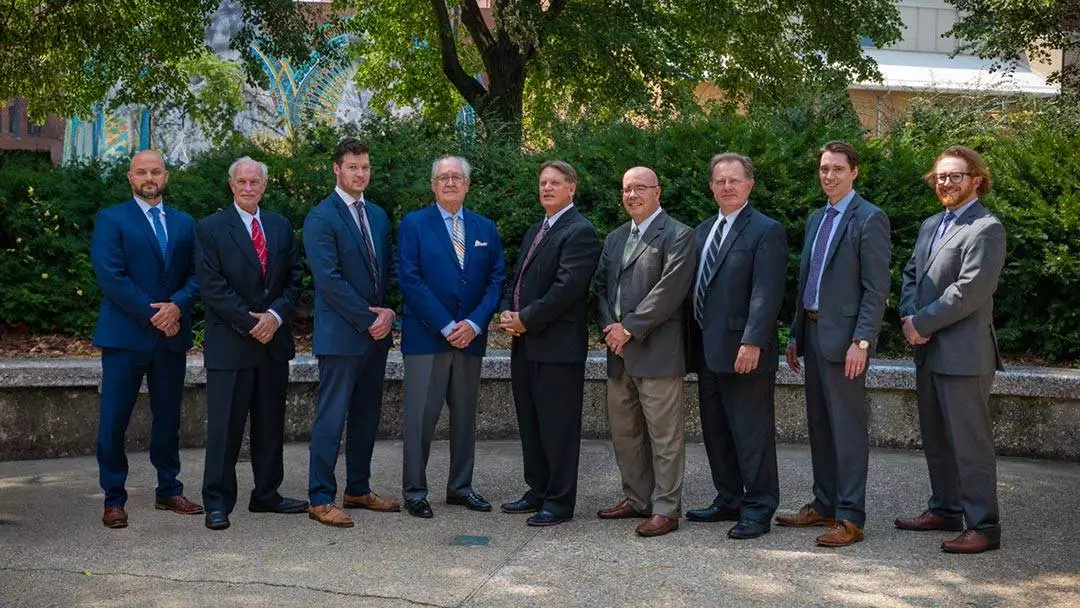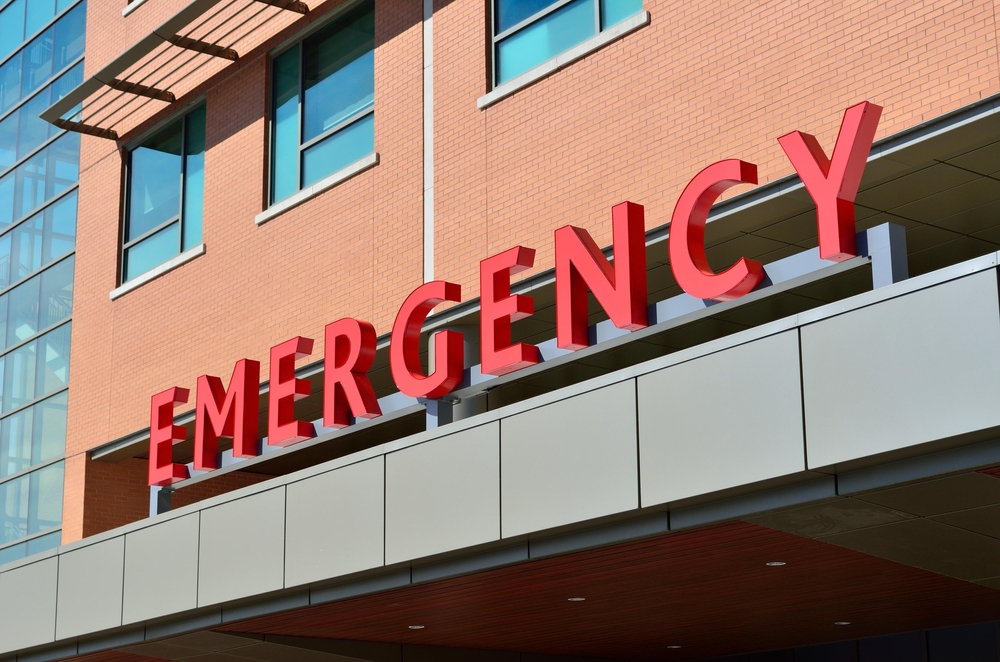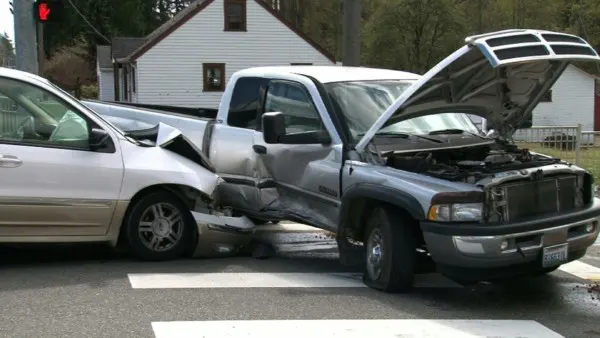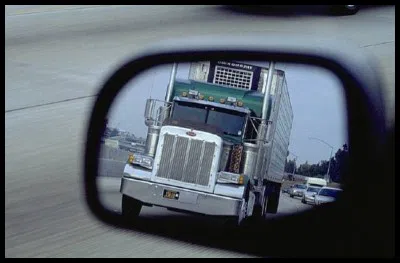Whether caused by a car crash, workplace accident, or slip-and-fall, a catastrophic injury can upend everything: daily routines, financial security, and even plans for the future.
Given the stakes, catastrophic injuries carry legal weight, not just medical significance. If an injury is considered catastrophic, it can open the door to additional compensation that may be necessary to cover a lifetime of care, loss of income, and the emotional toll that comes with such a profound shift.
But what actually qualifies as a catastrophic injury under Ohio law? And why does that distinction matter so much when filing a personal injury claim? If you’re navigating this for yourself or someone you love, here’s what to know.
What Qualifies as a Catastrophic Injury in Ohio?
Catastrophic injuries are the kinds of injuries that permanently disrupt a person’s life, whether physically, emotionally, or financially.
In Ohio, what sets catastrophic injuries apart is the level of loss. This might include the loss of mobility, cognitive function, a limb, or even independence, ultimately resulting in long-term or permanent disability, preventing someone from returning to work or requiring ongoing medical care.
Common causes of catastrophic injuries
Catastrophic injuries often occur in high-impact situations, such as:
- Motor vehicle accidents: This encompasses car accidents, truck accidents, motorcycle accidents, and pedestrian accidents.
- Workplace accidents: Particularly in industries like construction, where falls, slips, and trips are a leading cause of catastrophic injuries. In 2023, private industry employers in Ohio reported 84,800 nonfatal workplace injuries, of which over half required days off work, a job transfer, or restricted duties.
- Medical malpractice: Catastrophic injuries can occur when healthcare providers act carelessly, such as operating on the wrong patient, performing surgery on the wrong body part, or leaving medical devices inside patients.
- Slip and fall accidents: Property owners’ failure to maintain safe conditions can lead to severe injuries.
Common types of catastrophic injuries
Some of the most commonly recognized catastrophic injuries in Ohio include:
- Spinal cord injuries: Depending on the severity and location of the injury, a person may lose the ability to walk, control bodily functions, or even breathe without assistance.
- Traumatic brain injuries (TBIs): A severe TBI can affect memory, speech, personality, motor skills, and more. In some cases, victims may require 24/7 care.
- Amputations or loss of limb: Losing an arm, leg, hand, or foot can impact mental health, career options, and even daily routines.
- Severe burns: Burns that cover large portions of the body or result in permanent scarring and nerve damage are considered catastrophic. These injuries often involve multiple surgeries and long-term rehabilitation.
- Organ damage or loss of function: This could involve kidney failure, liver damage, or internal injuries that permanently affect how the body works.
- Loss of vision or hearing: When these senses are permanently impaired due to trauma, they completely reshape how a person interacts with the world.
How Ohio Law Views Catastrophic Injuries
While Ohio doesn’t have a single, formal statute that defines every type of catastrophic injury, courts typically recognize them as injuries that result in permanent disability, disfigurement, or significant disruption to a person’s ability to work or live independently.
Because the consequences are so severe and long-lasting, these cases are often treated differently than other personal injury claims. They may involve:
- Higher compensation thresholds: Since the damages extend far beyond immediate medical bills, victims may be entitled to compensation for future treatment, in-home care, mobility aids, and renovations to make a home accessible.
- Lost earning capacity: It’s not just about wages lost today but income that may never be earned again due to a career-ending injury.
- Non-economic damages: These include pain and suffering, loss of enjoyment of life, and emotional distress, all of which tend to be significant in catastrophic injury cases.
What Are Your Legal Options After a Catastrophic Injury in Ohio?
When a catastrophic injury happens, your immediate focus is often on medical care. But once the dust settles, you’re usually left with more questions than answers: Who will cover the hospital bills? What happens if you can’t work again? Is someone at fault?
In Ohio, individuals and families affected by catastrophic injuries may have the right to pursue a personal injury claim if someone else’s negligence or wrongdoing caused the injury.
Here’s what the legal process may involve:
- Identifying who’s responsible: Sometimes, it’s clear. Other times, it requires investigation into reckless drivers, unsafe workplaces, negligent property owners, or even defective product manufacturers.
- Calculating long-term damages: We will build the strongest possible case with medical records, expert testimony, and documentation of long-term impact.
- Negotiating with insurance companies: Insurance adjusters may try to settle for less than your case is worth, especially when the long-term impact isn’t immediately obvious. Learn more about the risks of quick insurance settlements.
- Filing a lawsuit, if needed: If a fair settlement isn’t possible, taking the case to court may be necessary. We can help you navigate that process while you focus on healing.
Even when the injury is clearly life-altering, insurance companies don’t hand over a fair settlement just because it’s labeled catastrophic. The outcome of a case depends on the evidence, the strategy, and who’s fighting on your behalf.
At Slater & Zurz, our personal injury lawyers have helped our clients recover millions in compensation for catastrophic injuries. The most important part? Pay nothing unless we win.
If you’re ready to talk, we’re here for you — reach out for a free consultation at 330-762-0700 today.
Written by Michael Schmeltzer
Michael, a partner at Slater & Zurz, represents clients in a broad range of complex cases, including catastrophic personal injury, construction accidents, trucking and motorcycle collisions, product liability, wrongful death, nursing home negligence, and medical and professional malpractice.






